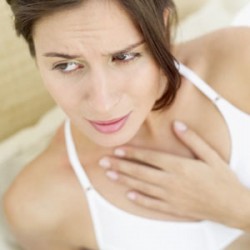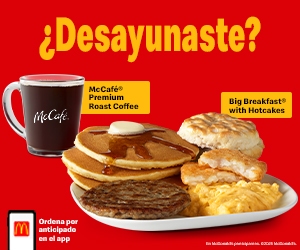 Over-the-counter antacids and prescription medications are the most common treatments for gastroesophageal reflux disease (GERD). In the most severe cases, surgery may even be required. But regardless of how bad your GERD symptoms are, successfully fighting heartburn and acid reflux also requires some changes in lifestyle, ranging from the food you eat to the clothes you wear.
Over-the-counter antacids and prescription medications are the most common treatments for gastroesophageal reflux disease (GERD). In the most severe cases, surgery may even be required. But regardless of how bad your GERD symptoms are, successfully fighting heartburn and acid reflux also requires some changes in lifestyle, ranging from the food you eat to the clothes you wear.
Small, frequent meals
Meals are often a trigger for GERD symptoms. In fact, all you-can-eat buffets are almost ways a recipe for heartburn. A very full stomach can cause the valve between your stomach and esophagus to relax, pushing stomach acids back up into the esophagus. Eat several small meals throughout the day rather than the standard breakfast, lunch, and dinner.
Cut the cake
Be it chocolate or caffeine, certain foods and drinks are notorious for exacerbating GERD symptoms. The list includes spicy foods, fatty red meat, French fries, citrus fruit, raw onion, tomatoes, butter, oil, peppermint, chocolate, and caffeine.
Don not wear tight clothing
Much like excess belly fat, clothing that’s a tight fit around the midsection can push against your stomach and force acid into the esophagus. If you have heartburn, skip belts, waistbands, hosiery, and undergarments that may be too tight.
Another reason to shed pounds
Excess weight can contribute to heartburn and acid reflux. A 2003 study of more than 10,000 people in the International Journal of Epidemiology found a strong link between GERD symptoms and body mass index. Obese people are nearly three times more likely than people of normal weight to have heartburn and acid reflux. Experts are not exactly sure why. Excess abdominal fat may place pressure on the stomach, but it may also cause chemical or hormonal changes that make the body more susceptible to acid reflux.










